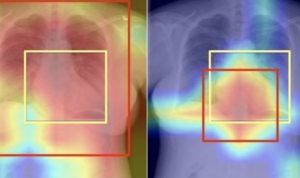
Cross-Modal Contrastive Learning for Abnormality Classification and Localization in Chest X-rays with Radiomics using a Feedback Loop
An end-to-end semi-supervised cross-modal contrastive learning framework.

An end-to-end semi-supervised cross-modal contrastive learning framework.

Contrastive loss (CL) improves the performance of CEL especially in imbalanced electronic health records (EHR) data for COVID-19 analyses.
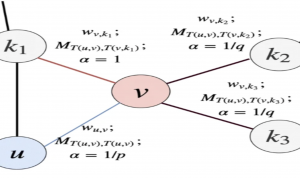
Proposing the edge2vec model, which represents graphs considering edge semantics.
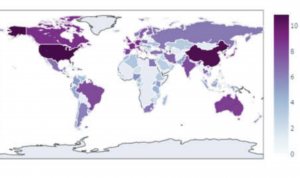
Our analysis of 58,728 coronavirus papers show that coronavirus research has become dramatically novel since the outbreak of the COVID-19.
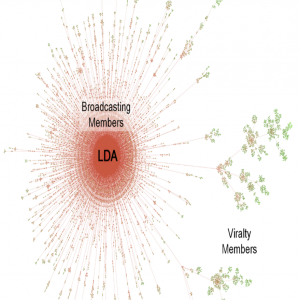
Develop an integrative understanding of the impact of two diffusion channels (i.e., broadcasting vs virality) on innovation adoption.
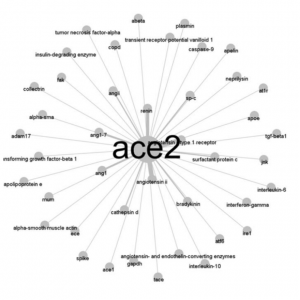
An entity–entity co-occurrence network and employ network indicators analyze the extracted entities.
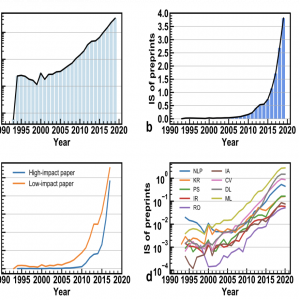
Combine data on AI from arXiv and Semantic Scholar to explore the pace of AI innovations from three perspectives: AI publications, AI players, and AI updates (trial and error).
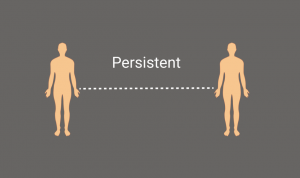
This paper proposes a new bibliometric understanding of persistence that considers the prominent role of collaboration in contemporary science
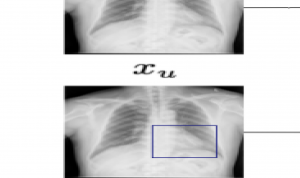
we proposed a novel framework that leverages radiomics features and contrastive learning to detect pneumonia in chest X-ray
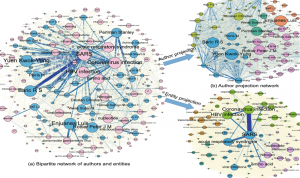
constructed a PubMed knowledge graph (PKG) by extracting bio-entities from 29 million PubMed abstracts…

we propose a relational, deep heterogeneous network learning method that operates on EHR data and addresses its limitations…
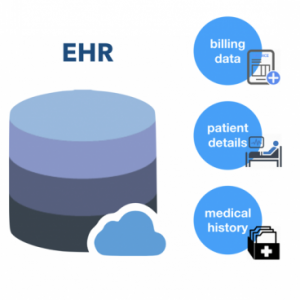
We assessed the accuracy of EHR data for specific CV conditions based on EHR data compared with manual chart review.
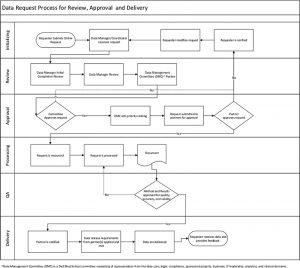
Establishing a seamless clinical data sharing system in a new medical school in partnership with community health systems.

The Cognitive Disorders Integrated Practice Unit at the Mulva Clinic for the Neurosciences is among the first to combine value-based and collaborative care models to deliver dementia care.

Compare documentation of relevant clinical information in electronic health record (EHR) provider note to computed tomography (CT) order requisition, prior to ordering of head CT for emergency department (ED) patients presenting with headache.

We describe each of these emerging health technologies and their future opportunities for enhancing population health.
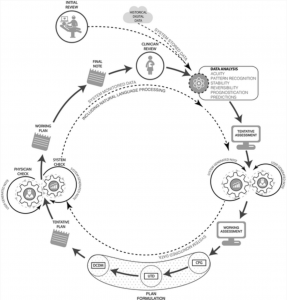
An Ideal Care System should incorporate fundamental elements of control engineering, such as effective and data-driven sensing, computation, actuation, and feedback.
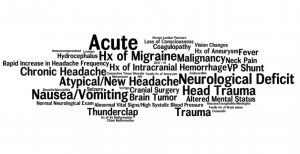
We identified a significant number of encounters where provider EHR documentation was available at the time of image order entry applicable to order requisitions as well as CDS rules and exclusion criteria. Significantly more concepts relevant to headache were extracted from notes compared to order requisitions.
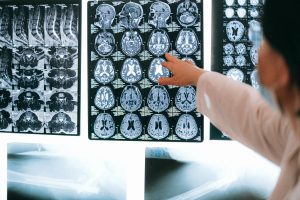
National trends and estimates of the proportion of patients receiving craniotomy or DC for ASDH in the United States are unknown. Given the paucity of data, the goal of this retrospective cohort study is to characterize the surgical management of ASDH in the United States. In addition, we sought to determine the independent association of DC for ASDH, compared to craniotomy, on hospital mortality.
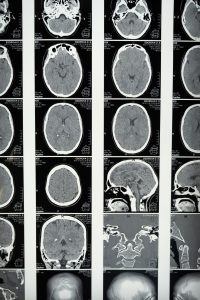
The neuroacoustic basis of prosodic (emphatic or contrastive) stress production was assessed in normals and patients with left and right brain damage (LBD, RBD).
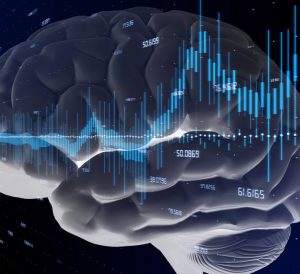
In their recent article, “Risk prediction of delirium in hospitalized patients using machine learning…
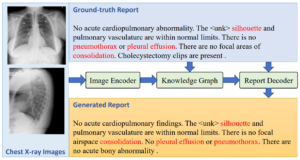
In this work, we propose to mine and represent the associations among medical findings in an informative knowledge graph and incorporate this prior knowledge with radiology report generation to help improve the quality of generated reports.